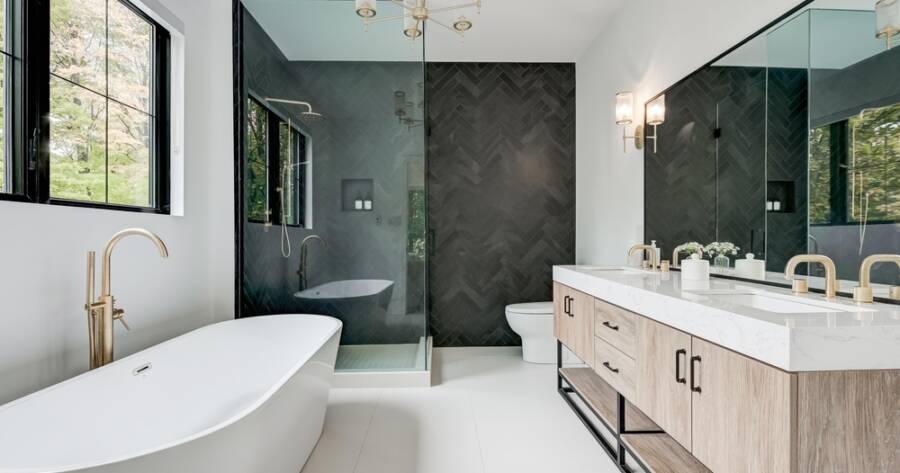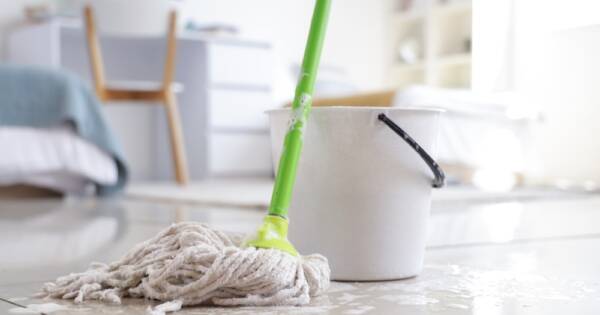Upgrading your bathroom with a walk-in shower is one of the most practical and stylish renovations you can make. Not only does it modernize the look of your space, but it also enhances safety and accessibility—making it an excellent choice for households of all ages and needs. For those concerned about affordability, government grants can significantly offset the cost, ensuring this transformation fits within your budget.
The Benefits of a Walk-In Shower
Walk-in showers are quickly becoming a favorite among homeowners, and for good reason. They combine functionality, elegance, and safety, offering a host of benefits:
- Enhanced Accessibility
Traditional bathtubs and high-threshold showers can pose challenges for people with limited mobility. Walk-in showers, designed with low or no thresholds, make entering and exiting easy and safe. They are particularly beneficial for seniors and individuals with disabilities, reducing the risk of slips and falls. - Stylish Design
Walk-in showers offer a sleek, minimalist aesthetic that complements any bathroom decor. Options like frameless glass doors, rainfall showerheads, and custom tile work elevate the space, giving your bathroom a luxurious spa-like feel. - Improved Functionality
These showers are highly customizable, allowing you to include features like built-in seating, grab bars, and adjustable showerheads. Such additions cater to your household’s unique needs while maximizing comfort and convenience. - Increased Home Value
A modern bathroom renovation can boost your home’s resale value. Walk-in showers are a highly sought-after feature among potential buyers, making this investment a smart choice for future-proofing your property.
Government Grants for Accessibility Upgrades
One of the most compelling aspects of this renovation is the potential financial assistance available through government grants. Many programs are designed to help homeowners make accessibility improvements, including installing walk-in showers. These grants aim to ensure that individuals with mobility challenges can live comfortably and independently in their homes.
Common Grant Programs to Explore
- Federal Accessibility Programs: In many countries, federal programs provide funds for home modifications that improve accessibility. For instance, the U.S. Department of Housing and Urban Development (HUD) offers various options for seniors and individuals with disabilities.
- State and Local Grants: Many states or municipalities have programs specifically for home renovations that enhance safety and accessibility. Check with your local government offices for available options.
- Veterans’ Assistance: Veterans may qualify for special grants through organizations like the U.S. Department of Veterans Affairs (VA), which offers funding for home adaptations.
- Nonprofit Organizations: Some nonprofit organizations provide financial assistance for accessibility modifications. These can be excellent resources if you’re unable to access government funding.
How to Get Started
If you’re ready to upgrade your bathroom, start by assessing your needs and preferences. Consult with a professional contractor and design a walk-in shower that meets your functional and aesthetic goals. Once you’ve outlined your renovation plan, research grant opportunities that align with your project. Be prepared to provide documentation, such as proof of income, homeownership, or a medical condition requiring accessibility improvements.
Create a Safer, More Stylish Bathroom with Walk-In Shower Upgrades
A walk-in shower is more than just a stylish upgrade; it’s a transformative feature that enhances safety, accessibility, and overall comfort. With the availability of government grants, achieving your dream bathroom is more affordable than you might think. Take the first step toward creating a modern, functional space that serves your family’s needs today and in the years to come.




